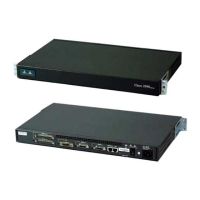





Do you have a question about the Cisco 2500 Series and is the answer not in the manual?
| Brand | Cisco |
|---|---|
| Model | 2500 Series |
| Category | Controller |
| Language | English |
Explains the document's purpose and scope.
Details the manual's structure and chapter breakdown.
Information on acquiring additional resources, support, and security advice.
Details the key functionalities and capabilities of the IP camera.
Describes the physical layout and components of the IP camera.
Explains the pin configuration for the DC auto iris lens connection.
Lists all items included in the IP camera package.
Provides step-by-step instructions for installing the IP camera.
Guides users through the initial configuration process after installation.
Explains how to connect to the camera's web interface for configuration.
Details the procedure for optimizing image focus for clarity.
Describes how to manage the camera's power state by connecting/disconnecting power.
Outlines different methods for resetting the camera to default settings.
Explains how to switch connection modes for wireless IP cameras.
Provides instructions for maintaining the camera's cleanliness and optical performance.
Introduces the camera's configuration options and their purpose.
Explains how to interact with the camera's configuration menus and interface.
Covers basic and advanced settings for device and network configuration.
Configures wireless security and network parameters for the camera.
Details network and protocol configuration options for advanced users.
Manages IP address-based access control to the camera.
Configures EAPOL for authentication on 802.1x networks.
Provides tools for user management, resets, and firmware upgrades.
Manages user accounts, passwords, and privilege levels for camera access.
Covers saving, uploading, and restoring camera configurations.
Allows viewing and upgrading the camera's firmware.
Configures audio and video stream settings, including resolution and quality.
Configures video stream resolution, quality, frame rate, and display options.
Configures audio input/output, stream modes, and codecs.
Displays and allows stopping of running processes on the camera.
Sets administrator/root passwords and access protocols (HTTP/SSH).
Defines password strength and complexity rules for user accounts.
Configures email and FTP notifications for events, including video attachments.
Sets up motion detection areas and sensitivity.
Configures camera actions triggered by specific events like motion or input changes.
Configures Simple Network Management Protocol settings for network monitoring.
Configures camera input and output ports for alarm integration.
Enables and configures Pan, Tilt, and Zoom functions for compatible cameras.
Allows defining and managing preset camera positions for PTZ control.
Displays current firmware, hardware, MAC address, and other system information.
Shows network type, IP address, and wireless settings status.
Manages camera log files and syslog server settings for monitoring.
Lists and manages recorded video event files, allowing viewing and deletion.
Introduces accessing live video via the Home web interface.
Describes the main elements and layout of the Home window for live viewing.
Details the interactive controls available in the Home window for camera management.
Explains how to stream video to external applications or devices using RTSP.
Instructions for downloading and installing the driver pack for VSM integration.
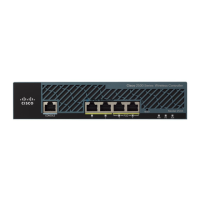
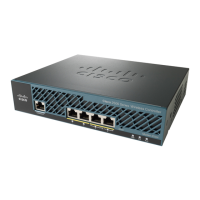
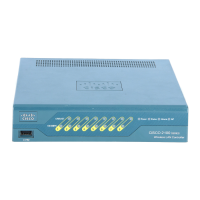
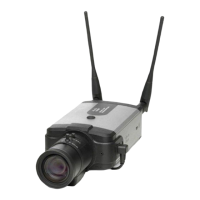
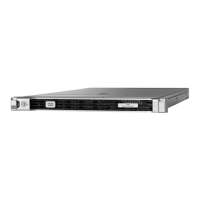
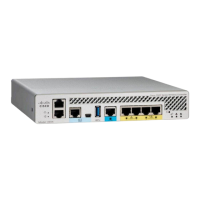

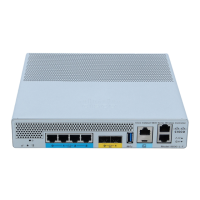
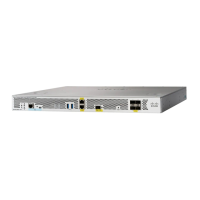
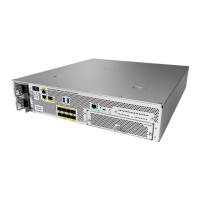
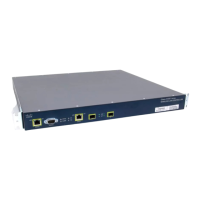
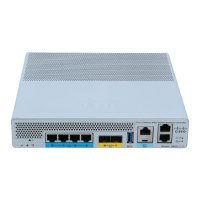
